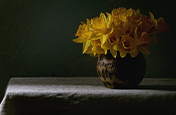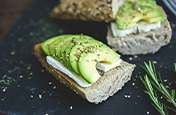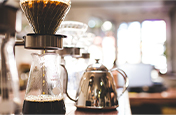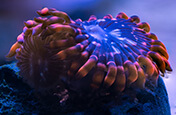Expert product photography tips.
This commercial form of photography comes with a unique set of challenges and opportunities. From styling to editing, learn how to polish your products and capture great photos.
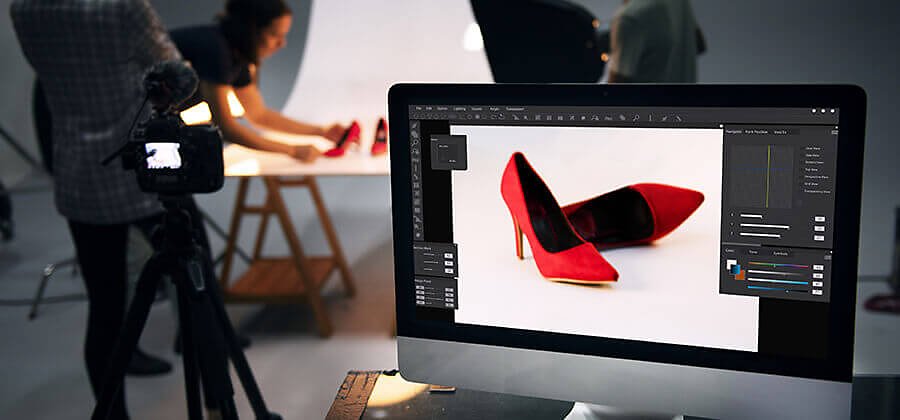
What sets product photography apart.
Professional product photography is the commercial form of still life photography. Creating high-quality product photos is no simple feat. Learning how to style products, set up lighting and composite different exposures takes time. Explore how to create simple product-only photos for ecommerce purposes and complex lifestyle photos to show a product in use.
Creating clean product images.
One main form of product photography is product-only imagery shot straight on. Commonly used for product listings in online shops like Amazon or Etsy, these photos are usually taken with a simple white background to limit distractions. Product-only images capture the details of the subject, such as size, silhouette and colour. These specifics help consumers find exactly what they’re looking for when shopping online.
Before diving into your product shots, make sure you connect with your client and find out exactly what they’re looking for. Are there specific angles of the product they need to get? Does the label need to be visible in every shot? Planning makes perfect, so gather the info you need before setting up your photo shoot.
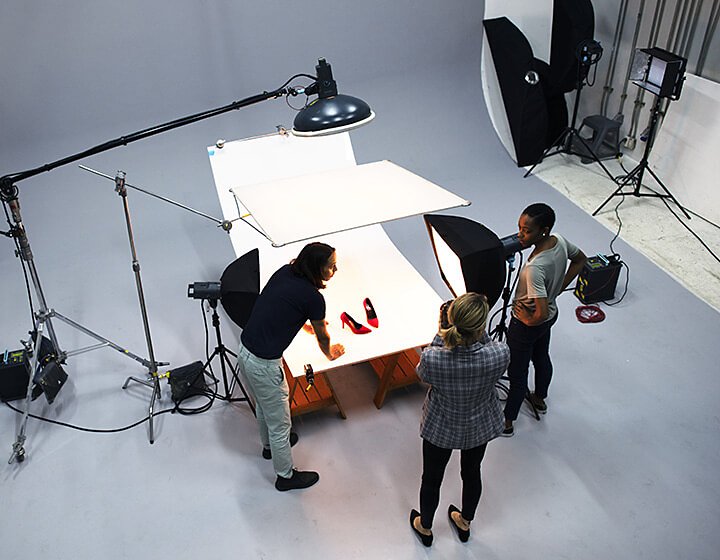
Getting the right equipment.
For strict product shots, “I almost always use my 50 mm lens with my DSLR camera,” notes product and food photographer Sarah Aagesen. “I’ll also bring a 20 mm for wider-angle shots and a macro lens in case there are small details I need to capture.” Having a variety of lenses on hand ensures you can adapt to the challenges of a shoot.
With stationary product photos, never use the autofocus function on your camera. “If your subject’s not moving, there’s no reason to use autofocus. Place your camera on a tripod and use manual focus,” explains professional photographer Jason Deymonaz. Also, make sure that you use a shutter release cable, so you don’t unintentionally move the camera while taking a photo. If you’re taking multiple exposures from the same angle to composite later, this step can save you time.
Styling your product.
As a product photographer, it’s your responsibility to make the product look the best it possibly can. Deymonaz says, “I always have my cleaning kit with some glass cleaner, scissors and Goof Off to remove labels, fingerprints and dust. I make the product look as beautiful as possible in camera, which saves me a lot of time in post-production.” If a speck of dust gets on the product and it’s visible in every photo, that translates into a significant amount of time editing every image. If you’re photographing clothing or fabrics, make sure that you iron unwanted wrinkles.
Setting up your shot.
After your product is looking pristine, set up the rest of your shot. Create high-quality images by shooting on a solid background, like white or black fabric or paper. The product needs to shine in these photos, so keep the background simple and clean to limit distractions.
Consider using a softbox for product photography lighting. These light modifiers create soft, diffused light that reduces harsh shadows. Since you want viewers to be able to read the labels and take in the details, your lighting set up for product-only photos should be straightforward with everything well lit. Consider using light tents and artificial light too. Light tents are wireframe cubes covered in thin white fabric. They create a soft, diffused atmosphere inside that’s perfect for evenly lighting small objects.

“With product-only photos, I don’t recommend using natural light because it can change so quickly,” explains Aagesen. “You’re usually taking multiple shots from different angles and if you’re using light from a window, when it gets cloudy, you’re suddenly shooting in a totally different light.” Since natural lighting is changeable and difficult to replicate, photo studio lighting is often better for successful product photography. After all, you may need to take more photos if new versions of the product are released.
Shooting your products.
For some subjects, you’ll need to take multiple exposures of the same shot to capture different details or parts of the product in the best possible light. “I’ll take anywhere from three to ten different captures and composite them into one shot,” notes Deymonaz. Be sure you have strobes, reflectors or other light sources on hand in case you need to switch up your lighting. If you have a small subject or are shooting with a shallow depth of field, you may also need to use focus stacking to ensure every part of the subject is in focus.
Editing your product photos.
When it comes to editing photos, every photographer has their preferences. “I always start editing by first adjusting any brightness and exposure issues,” says Aagesen. “I’ll then adjust the white balance, make sure the colours are just right and then I’ll edit the contrast, highlights and shadows.”
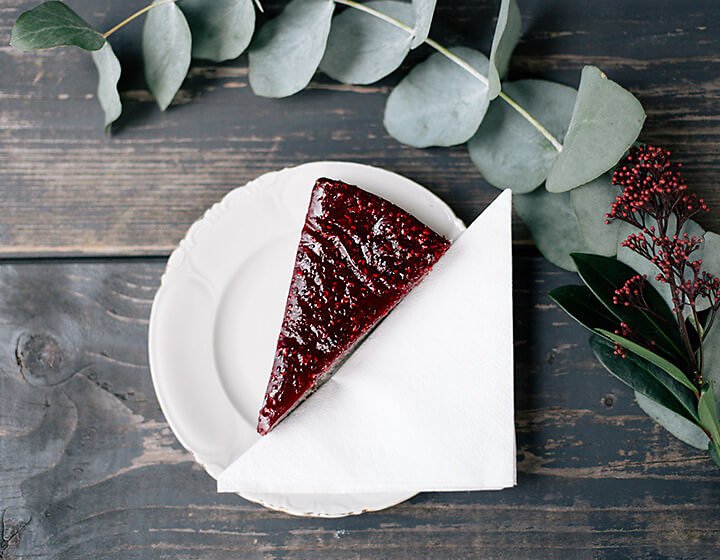
Post-production editing can take your product photo from bland to beautiful, but understanding the tools at your disposal is key to making sure your product photos shine. Check out these post-processing tutorials to help your photos stand out from the crowd:
- If the exposure in your image wasn’t quite right, see how you can properly balance the light and dark areas after the fact with Adobe Photoshop.
- Master the ins and outs of Spot Healing to remove any small distractions from your product image. If your photo has an odd reflection or highlight, this retouching tool can help you neatly edit it out.
- If you need to edit out a label or a scratch on your product, use the Clone Stamp to copy the exact detail and colour from one part of an image to another area.
Developing stunning lifestyle shots.
Lifestyle photos give customers a better idea of how to use a product — they help them to visualise it in their daily lives. While different from product-only images, many of the same rules apply for lifestyle photos.
Setting up your lifestyle shoot.
With lifestyle photos, you’ll probably work with models to help illustrate the product in use. “While models are a big part of the shoot, they’re not the focus of the photo shoot,” explains Aagesen. “They’re just supporting characters and the product is the star. You don’t need to show the model’s face in every photo.” Take close-ups of your product in someone’s hand and try different poses to keep it looking natural.

Make a shot list to ensure that you get everything you need out of the shoot. Take a wide variety of shots and after you’ve finished your shot list, allow yourself to experiment a bit. This is your opportunity to be more artistic and imaginative with your product photography. Sometimes unplanned photos are the best of the shoot.
While natural light isn’t great for product-only shots, it’s often perfect for lifestyle photos. It can evenly and naturally light your scene without much effort on your part. “But be careful shooting in direct sun, since it can create harsh shadows, especially if your product is reflective or shiny,” notes Aagesen. If it’s a particularly bright day, try shooting in the shade and use reflectors to bounce natural light into your shot.
Editing lifestyle photos.
Whether you captured unintentional glare on your product or you need to edit people or cars out of your background, check out these tutorials to help you perfect that product shot.
- With lifestyle shots, especially those taken outdoors, you don’t always have control of your setting. Use the Content-Aware Fill tool to edit out unwanted objects in your images.
- Help your product pop by sharpening your photo with the Unsharp Mask filter. This increases the contrast at edges in your image and can help to draw the viewer’s eye around the silhouette of your product.
- A colour cast is an overall wash of colour caused by the lighting in which your photo was shot. If it looks unnatural, remove it from your photo.
Capturing great photos of your product can be tricky, but with the right tools at your disposal, you can edit and tweak images to help them really shine. The right photo can help any product fly off the shelf.
Contributors
You might also be interested in…
The art of still life photography
Improve your composition skills by learning the art of still life photography.
Explore the world of culinary photography with advice from industry professionals.
An introduction to shallow depth of field.
Explore how shallow depth of field can add dimension to your photographs.
How to focus stack in Lightroom.
Create the sharpest images with multiple subjects in focus by focus stacking with auto-blend layers.
